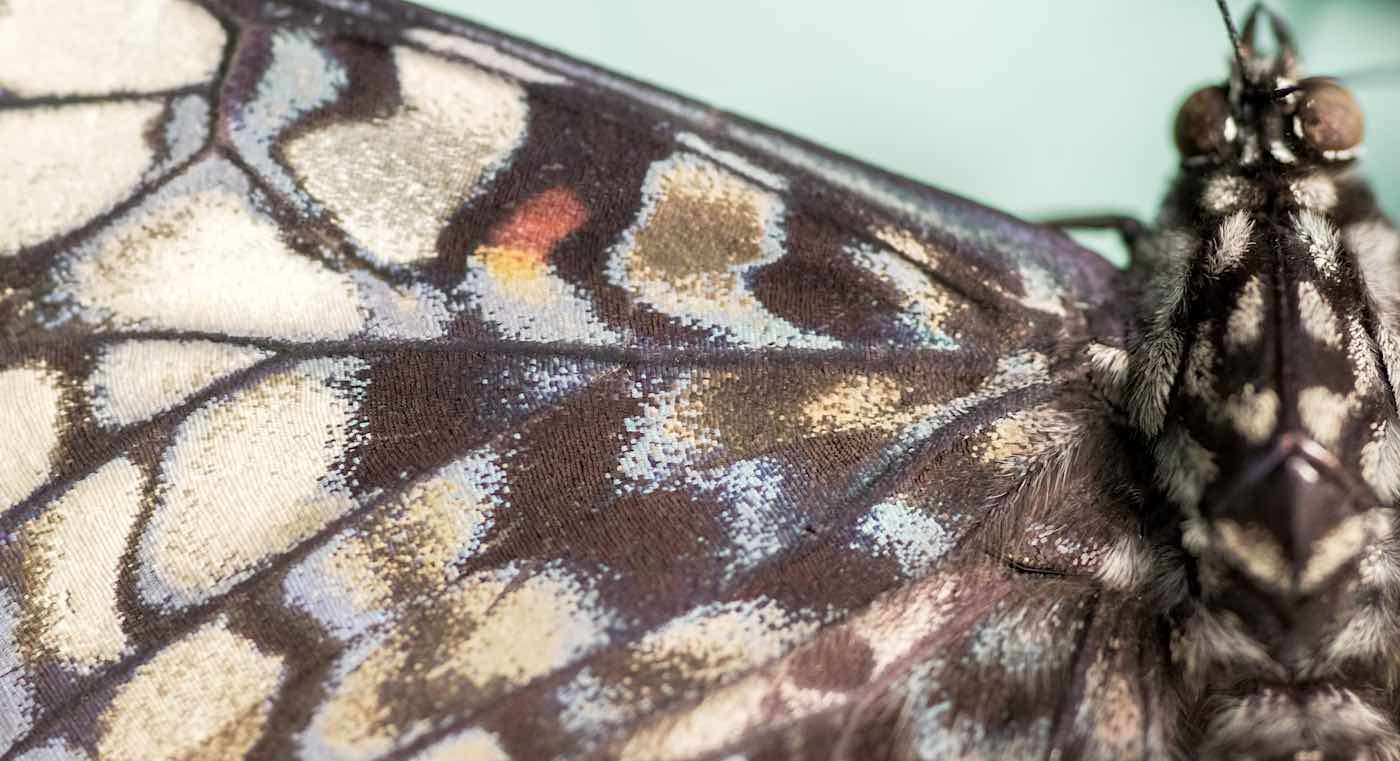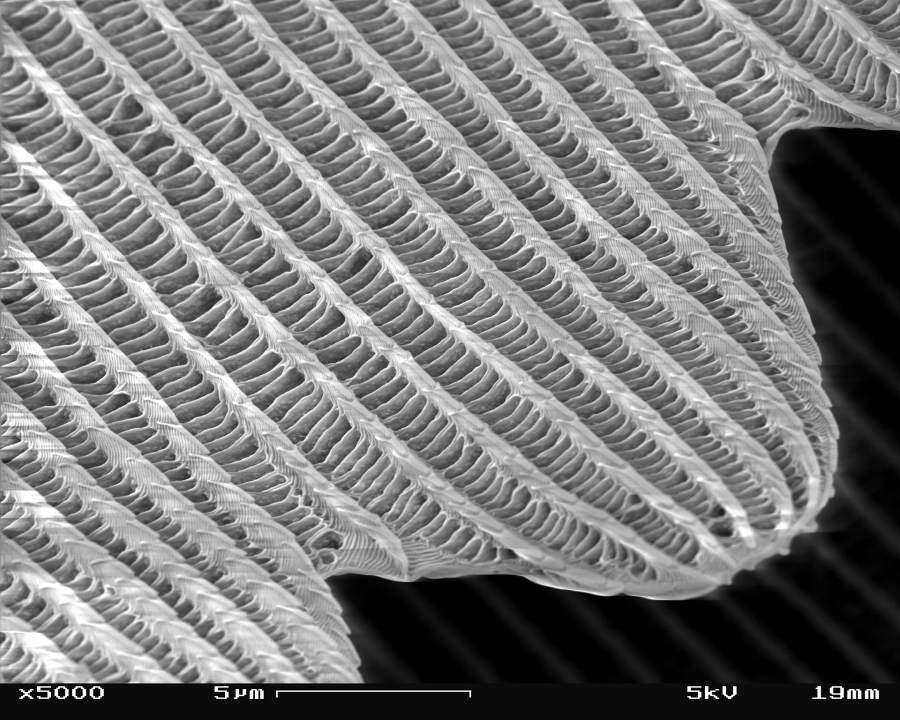'Vast Canyon of Books' Splits Open in Stunning New Public Library in China
Just as the water from the Yangze and Han rivers are pulled into a central channel, visitors are swept into library as if into a canyon.

Sometimes solving the most complex technology and engineering challenges, as you might have guessed, involves looking towards nature for solutions. Such is the incredible case with the Teslagram—a currently-unhackable security fingerprint created after studying a butterfly's wing.
The wings of this most charismatic insect are cloaked in tiny scales—up to 200,000 of them, which contain a lattice-work of chitin ribbons unique to each scale. It was these scales which a Serbian technology student at the Institute of Physics, Belgrade, thought could serve as the ultimate form of security code or authenticity stamp.
Fingerprints, QR codes, bar codes, and more are all coming up against their best-by dates, according to the Teslagram inventor, Marija Mitrovic Dankulov.
In an interview with Free Radio Europe, she highlights the story of a hacker named "starbug" taking a photograph of the German Defense Minister, and managing to zoom in at a high-enough resolution to copy her fingerprint.
While analyzing butterfly scales under an extremely powerful electron microscope, a colleague of Dankulov's, Dejan Pantelic, realized that a human fingerprint could not compare to the intricacies of the unique latticework within each scale.
Dankulov and Pantelic, along with some of their colleagues then came up with the idea of the Teslagram, named after the great Serbian inventor Nicola Tesla.

A butterfly scale would be attached to a product, and the details upon it would be entered into a database like a fingerprint—only one which would be extraordinarily difficult to copy maliciously using known technology.
"Let's say a museum wants to loan a very valuable art piece out to some gallery," Dankulov tells FRE. "Currently, when that artwork is returned, the museum has to pay some specialist to ensure that what they got back was the original artwork."
This is the same principle for other luxury goods like jewels, watches, or designer clothing, all of which lose millions every year in market sales to counterfeiters.
Along with being much harder to read, as they require an electron microscope, butterfly scales, as anyone who has ever been next to a child trying to catch a butterfly has reminded them, are extremely fragile, and any tampering with the Teslagram would make it unreadable.
Currently the Teslagram is being trialed by a Serbian company called Vlatcom, which is utilizing them for their security cards to enter and exit the buildings.
Another advantage of using butterfly scales are that almost all of the butterflies native to Serbia are in no danger of becoming endangered, and because a single insect can provide so many scales, very few of them need to kept in the lab. Currently Dankulov and her team have a small butterfly aviary where species are allowed to live their normal life-cycle.
Some technological challenges remain, such as how to affix the scale so it doesn't become damaged through normal wear, and how to offer cheaper and more flexible reading technologies that don't involve an electron microscope.

Saying that, the group recently teamed up with a second firm called Quadra Graphic that have helped them build infrastructure for creating ID cards and readers to allow people to access the powerful Teslagram.
(WATCH the video for this story below.)
FLUTTER This Science Story Over to Fascinated Friends…
Be the first to comment